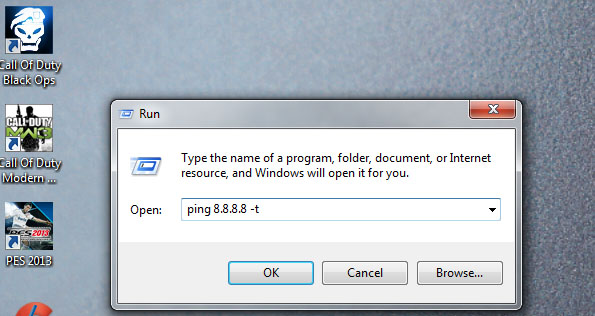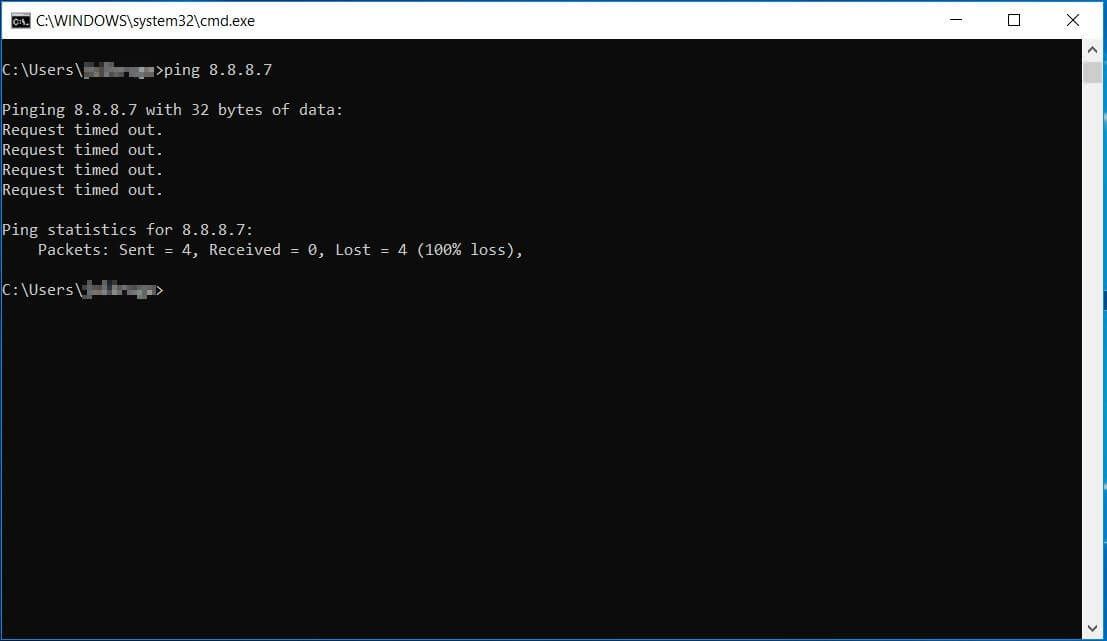

The installer preserves your current configuration and log files when upgrading to the latest release. To upgrade the Duo Authentication Proxy, simply download the most recent version and install over your current running version.

You need to add your authentication and application information to the default configuration file before you can start the Duo Authentication Proxy service.

If you ever need to uninstall the proxy, run /opt/duoauthproxy/uninstall.

You can accept the default user and group names or enter your own. The installer creates a user to run the proxy service and a group to own the log directory and files. Install the authentication proxy (as root): $ cd duoauthproxy-buildįollow the prompts to complete the installation. View checksums for Duo downloads here.Įxtract the Authentication Proxy files and build it as follows: $ tar xzf duoauthproxy-latest-src.tgz Depending on your download method, the actual filename may reflect the version e.g. On Debian-derived systems, install these dependencies by running (as root): $ apt-get install build-essential libffi-dev perl zlib1g-devĭownload the most recent Authentication Proxy for Unix from. On most recent RPM-based distributions - like Fedora, RedHat Enterprise, and CentOS - you can install these by running (as root): $ yum install gcc make libffi-devel perl zlib-devel diffutils We recommend a system with at least 1 CPU, 200 MB disk space, and 4 GB RAM (although 1 GB RAM is usually sufficient).Įnsure that Perl and a compiler toolchain are installed. The Duo Authentication Proxy can be installed on a physical or virtual host.


 0 kommentar(er)
0 kommentar(er)
